5 Bird Species You Can Spot All Winter Long

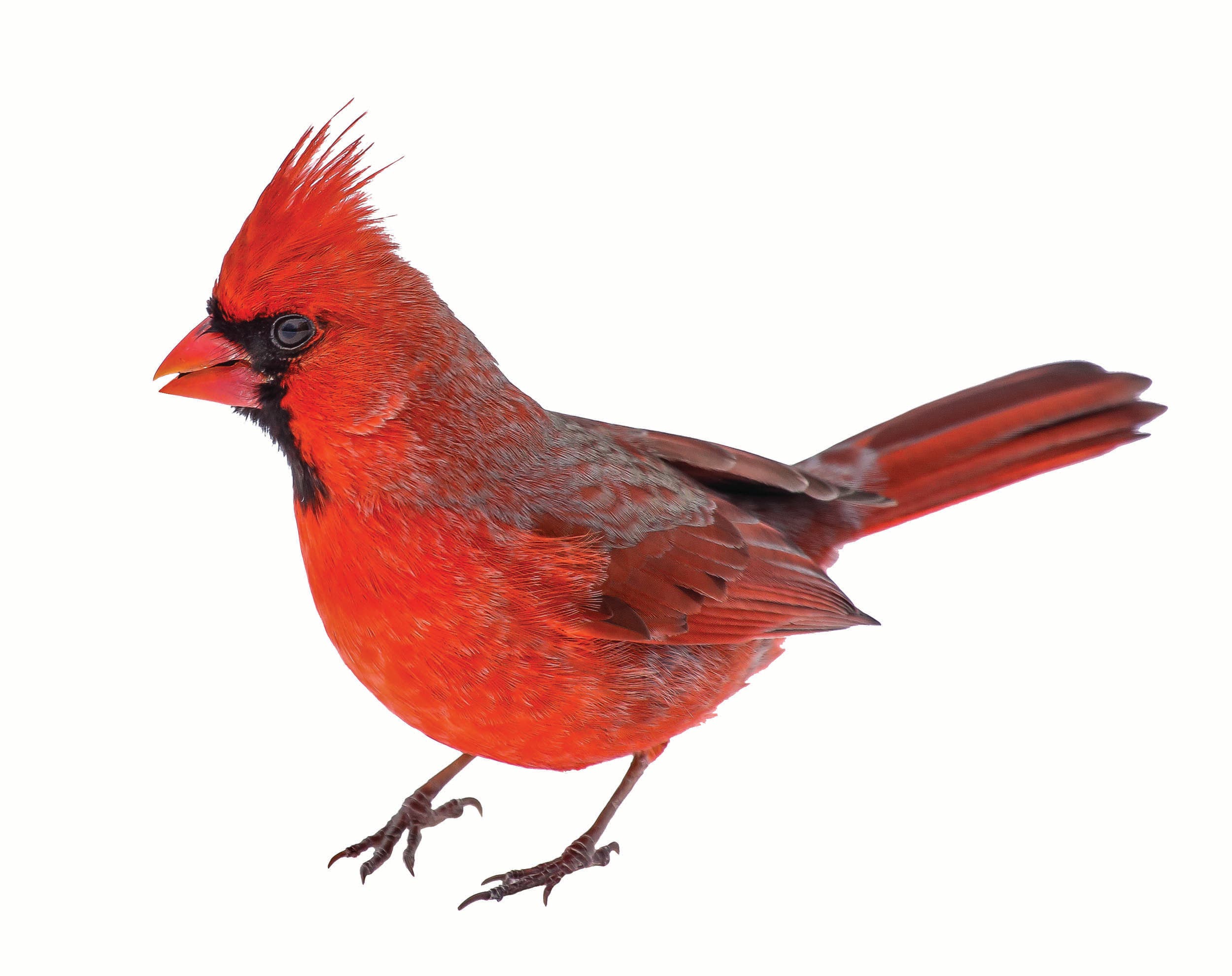
Cardinal
This classic holiday-card bird is hard to miss against a snowy backdrop. If you don’t see its vibrant red feathers first, you’ll hear its string of two-part whistles. In the past, the cardinal was more common in warmer climates but has since adapted to colder areas where safflower, sunflower, and other seeds are abundant. On the trail, find it perched in evergreens or nestled in bushes.
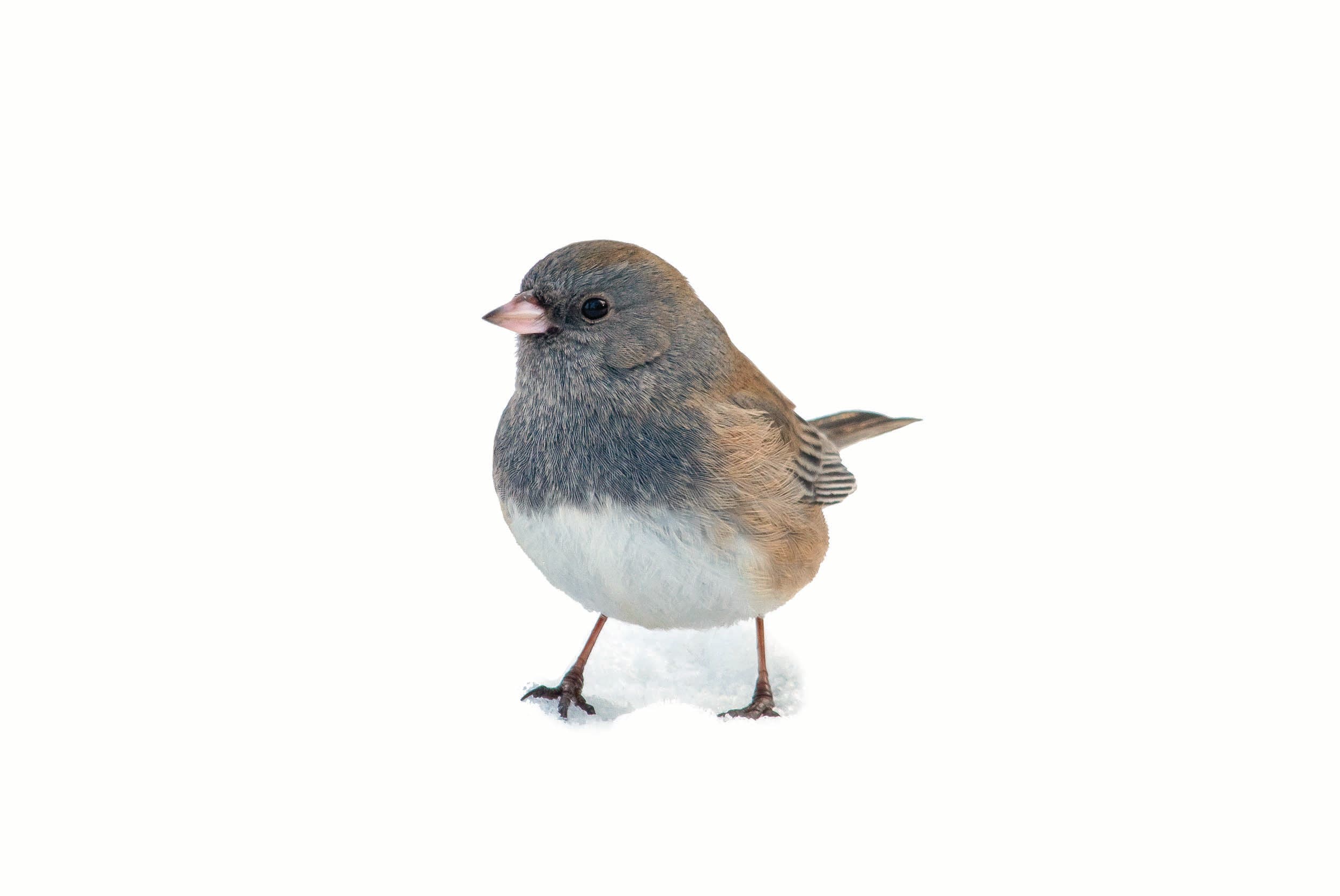
Dark-Eyed Junco
A lover of cold weather, this sparrow gathers under shrubs and trees scratching for beetles, berries, and grass seeds. Dr J. Drew Lanham, a birder and wildlife biologist based in Seneca, South Carolina, calls it a “sparrow with a tuxedo,” due to its gray shoulders and crisp white belly feathers. Listen for its chirping trills, often sung by males defending their nesting territory.
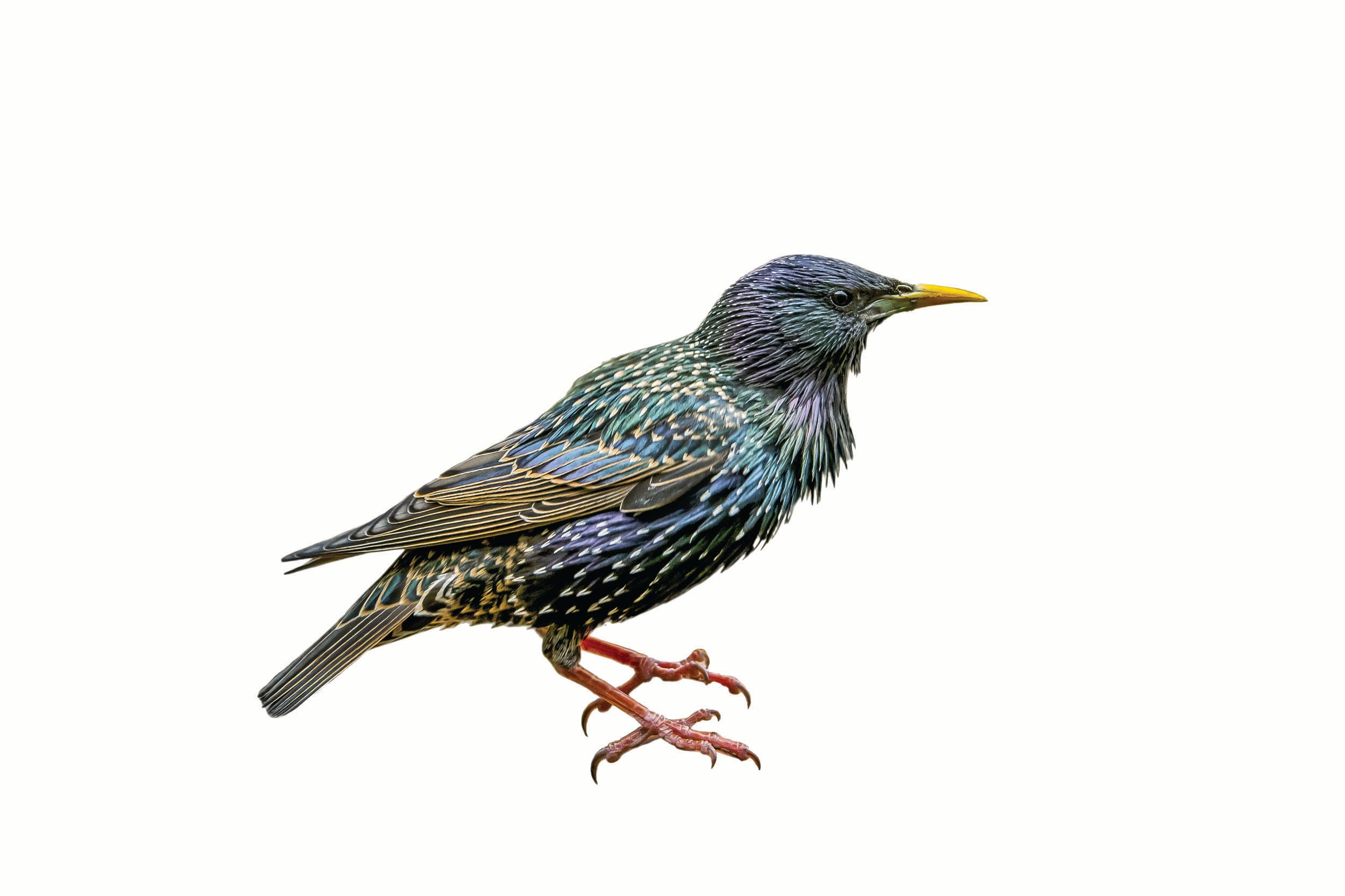
European Starling
This yellow-beaked bird was introduced to North America in the 1890s. In some places, they gather by the thousands and form huge moving flocks. “Those murmurations are like aerial ballets,” Lanham says. This bird signals the end of winter when its feathers take on an iridescence and its white spots wear off at the tips.
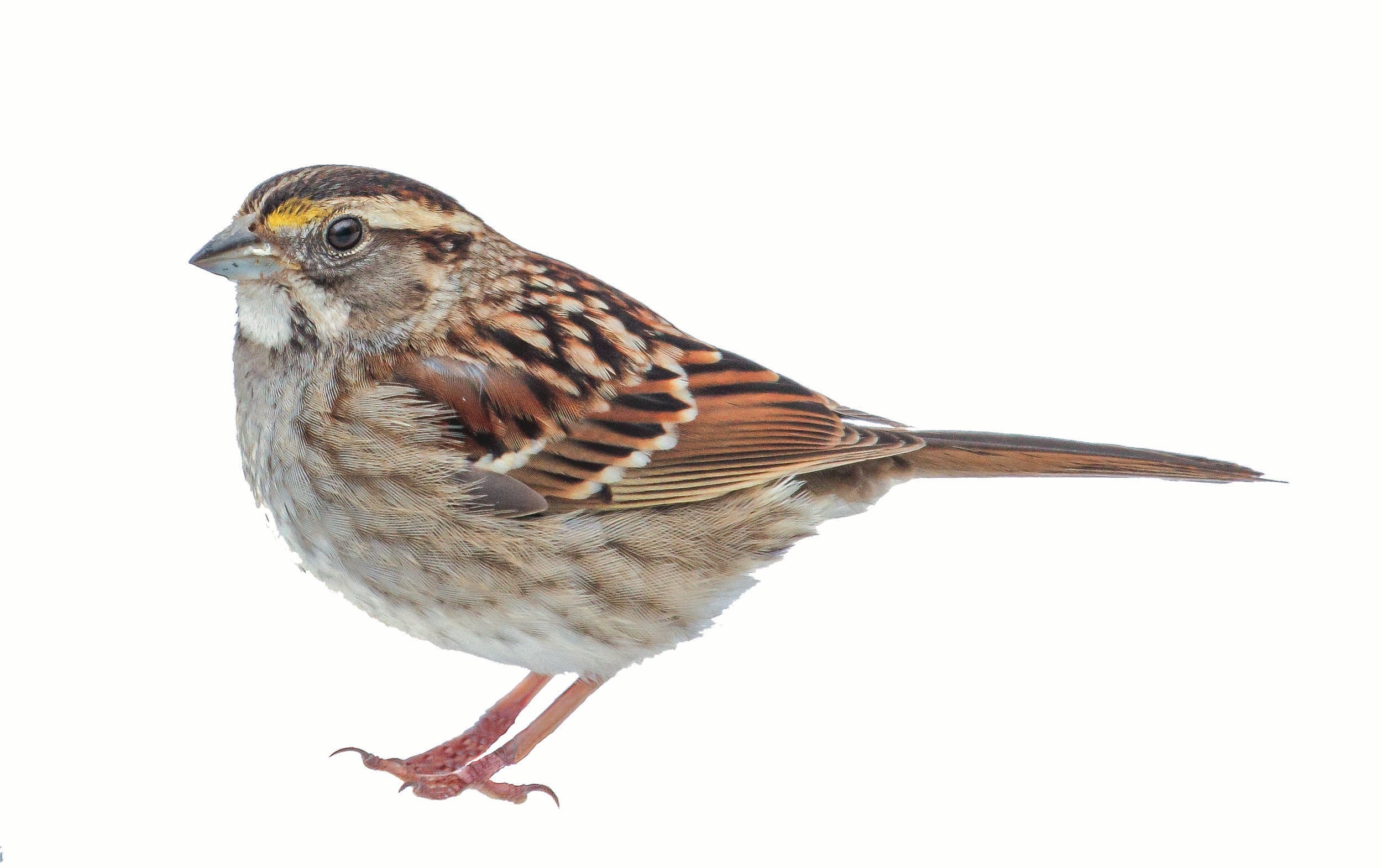
White-Throated Sparrow
Hailing from Canada and wintering across the U.S., this tiny bird is identifiable by its helmet-like stripes. You’ll find it hopping around in brush piles and thickets while you’re hiking. “The most distinctive characteristic is its song, which sounds like a plaintive, ‘Oh, sweet, Canada! Canada! Canada! Canada!’ Lanham says.
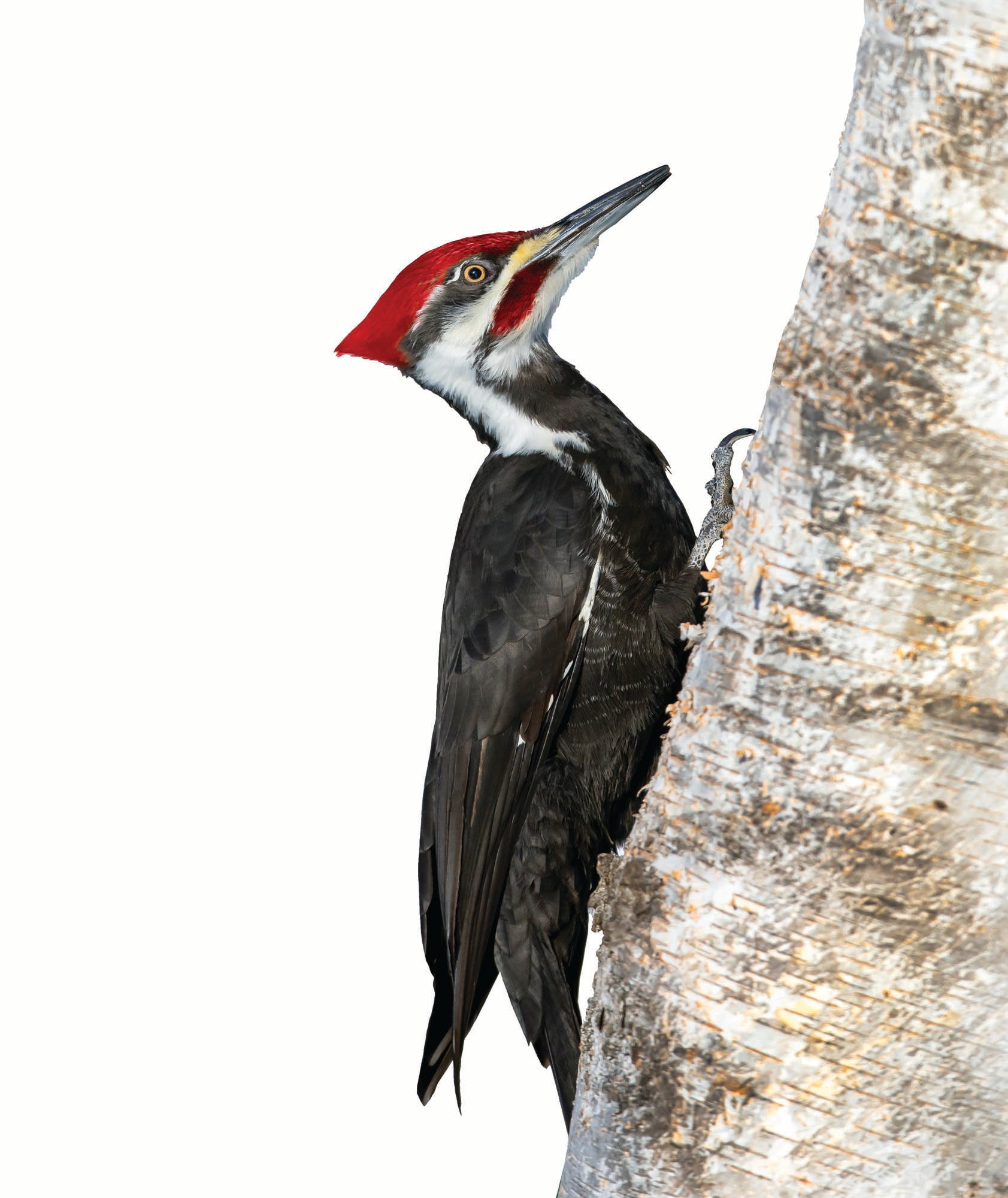
Pileated Woodpecker
About the size of a crow, this flame-crested bird is the largest woodpecker in North America. It will sometimes cruise through backyards and wreak havoc at feeders with its big bill, but it’s known more as a bird of the woods. Southern swamps and deciduous and coniferous forests in the east and northwest are its preferred nesting grounds. Its song, Lanham says, sounds like a chuckle.